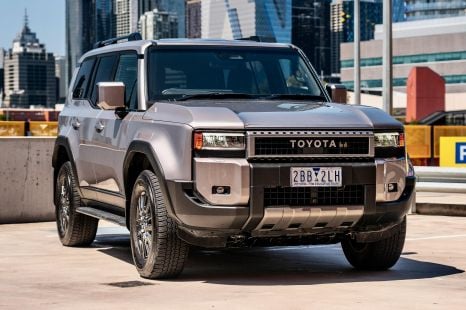

Max Davies
2025 Toyota Prado GXL review
2 Months Ago
After some 14 years in service, the Toyota LandCruiser 200 Series is about to replaced by a new model: the newly minted 300 Series.

Journalist
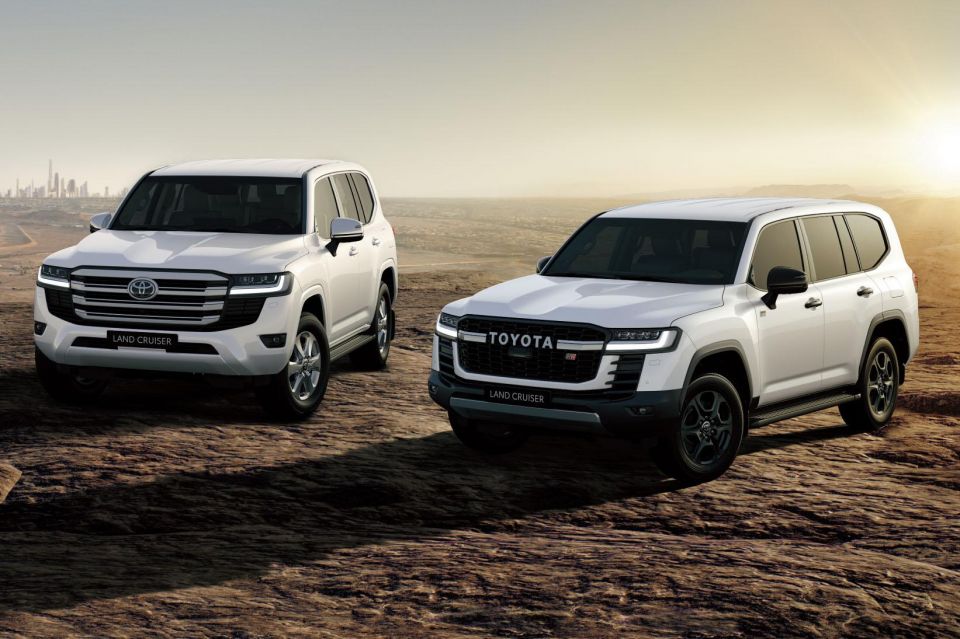

Journalist
Goodbye V8s, hello turbocharged V6s!
After more leaks than a presidential office, the new Toyota LandCruiser has finally been unveiled in all of its six-cylinder glory.
The 300 Series will arrive in Australian showrooms during the final quarter of 2021.
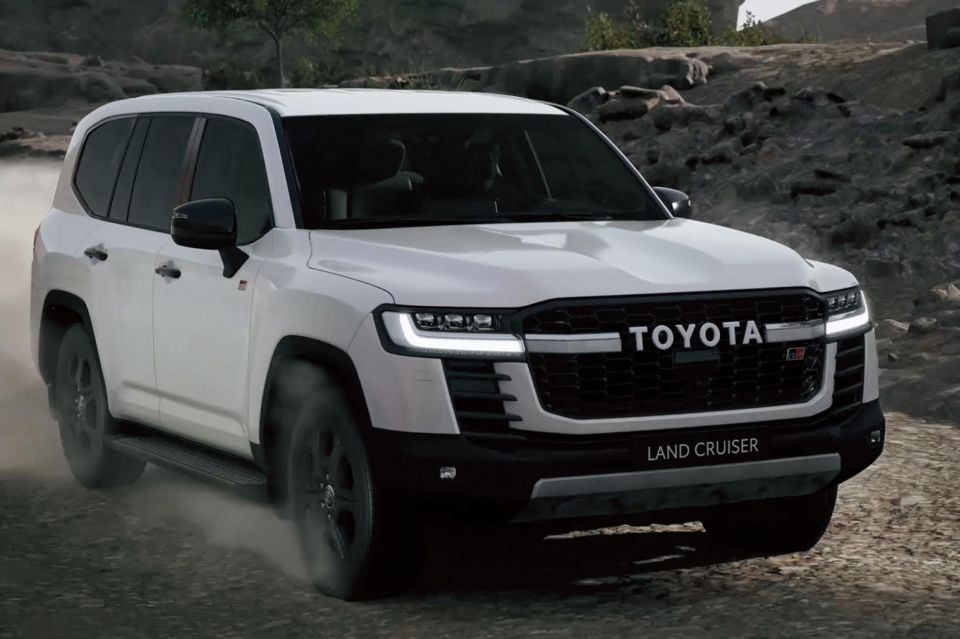
If you’ve been keeping track of the spy photos and leaks, the new car’s shape won’t be too much of a surprise.
While the silhouette is a gentle evolution of the 200 Series, the front and rear now both feature LED lights, while the grille and bonnet have a bolder appearance.
The new GR Sport spec has black lower body trim, wheels, wing mirrors and wheel arch linings. It also has unique front apron, including a grille featuring the Toyota word mark for a retrotastic look.
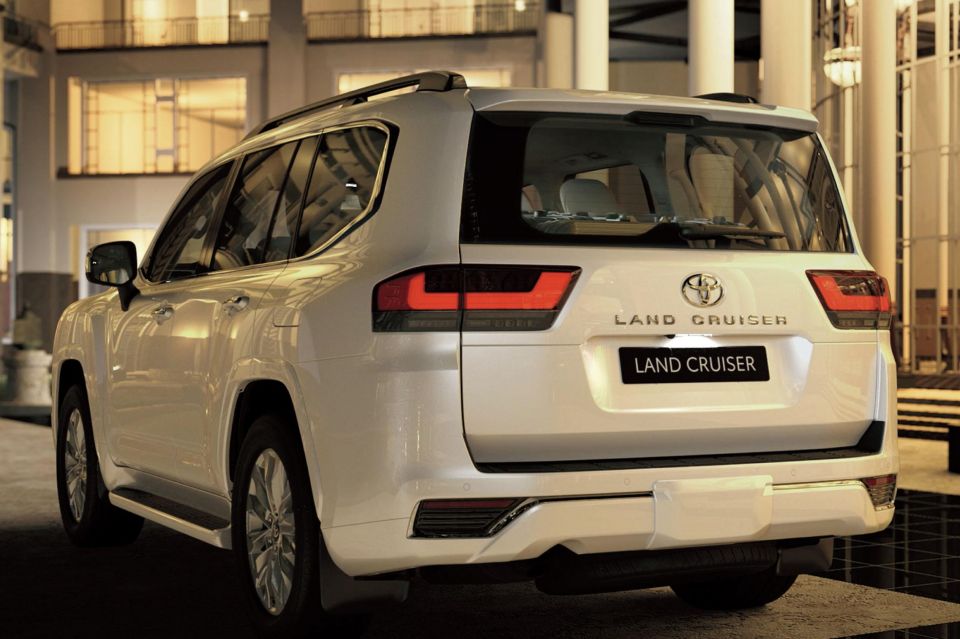
At launch there will be three engine options, but given that Australian-bound 200 Series models are exclusively diesel-powered, the new 3.3-litre twin-turbo V6 diesel is of most interest to us. It makes 227kW and 700Nm.
That’s up 27kW and 50Nm from the outgoing 4.5-litre twin-turbo diesel V8’s 200kW and 650Nm.
This new diesel mill will likely be the only engine offered in Australia.
Towing capability remains unchanged at 3500kg.
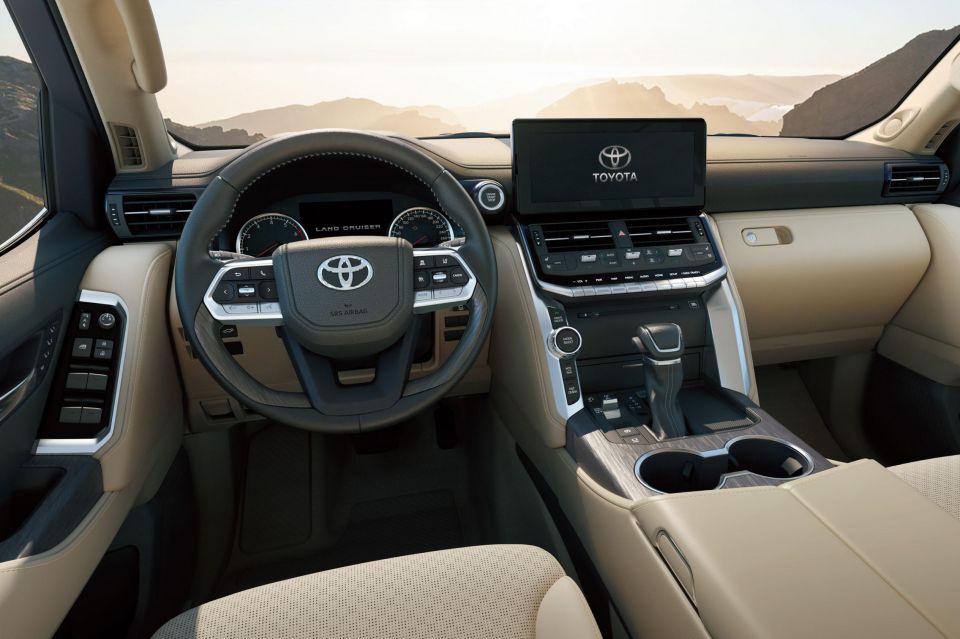
A hybrid drivetrain is heavily rumoured to join the global range within a year or so.
The 300 Series range in the Middle East will be topped by a new 3.5-litre twin-turbo V6, which makes 305kW and 650Nm.
Both new V6 engines are hooked up to a 10-speed automatic transmission as standard.
For some markets there will also be a naturally-aspirated V6 engine with a six-speed automatic. Although Toyota has yet to provide details about this powerplant, indications are it will be carry-over 4.0-litre unit with 271kW and 385Nm.
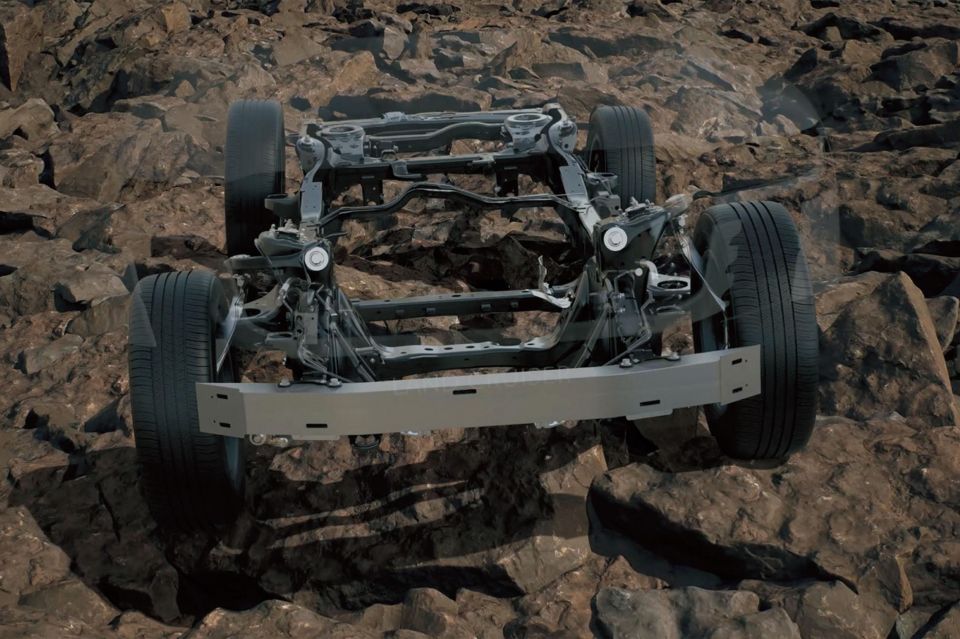
The 300 Series LandCruiser is the first vehicle from Toyota to use the TNGA-F body-on-frame architecture.
It’s claimed the 300 Series is up to 200 kilograms lighter than the model it replaces. Some of these savings, we suspect, come from the new engines, but the company is keen to point out the new frame and body are lighter too.
Toyota says it has made enhancements to the LandCruiser’s off-road performance by lowering the centre of gravity, altering the weight distribution, and improving wheel articulation.
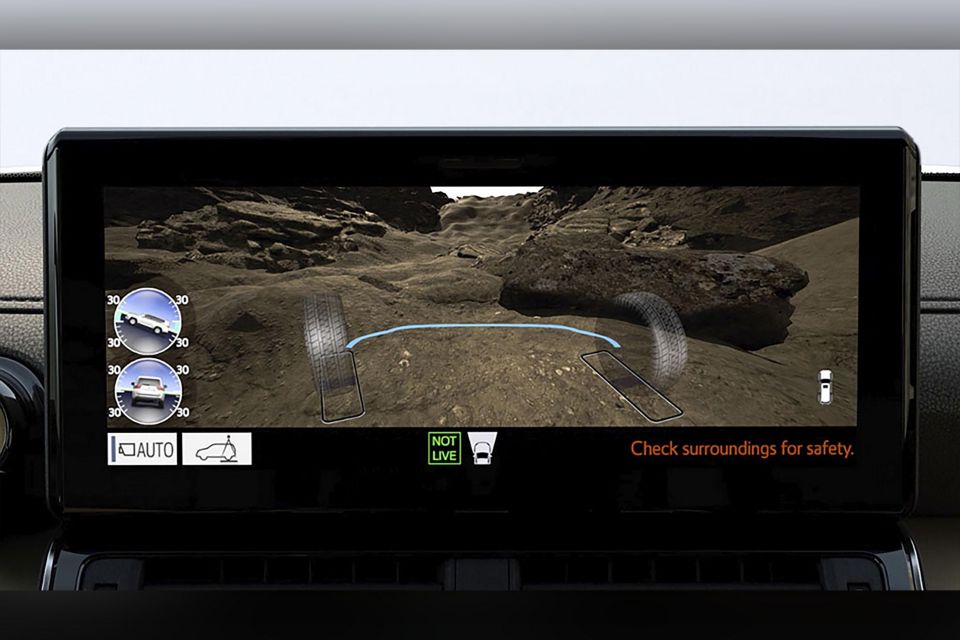
Top-spec models will be available with a new electronic version of the company’s Kinetic Dynamic Suspension System.
Vehicles equipped with e-KDSS are able to achieve a longer suspension stroke by “effectively disabling the front and rear stabiliser bars”.
Other off-road aids include a Multi Terrain Select system that automatically chooses the best driving mode for the current road surface, and a new Multi-Terrain Monitor, which uses the central display to show otherwise obscured obstacles from the driver’s point of view.
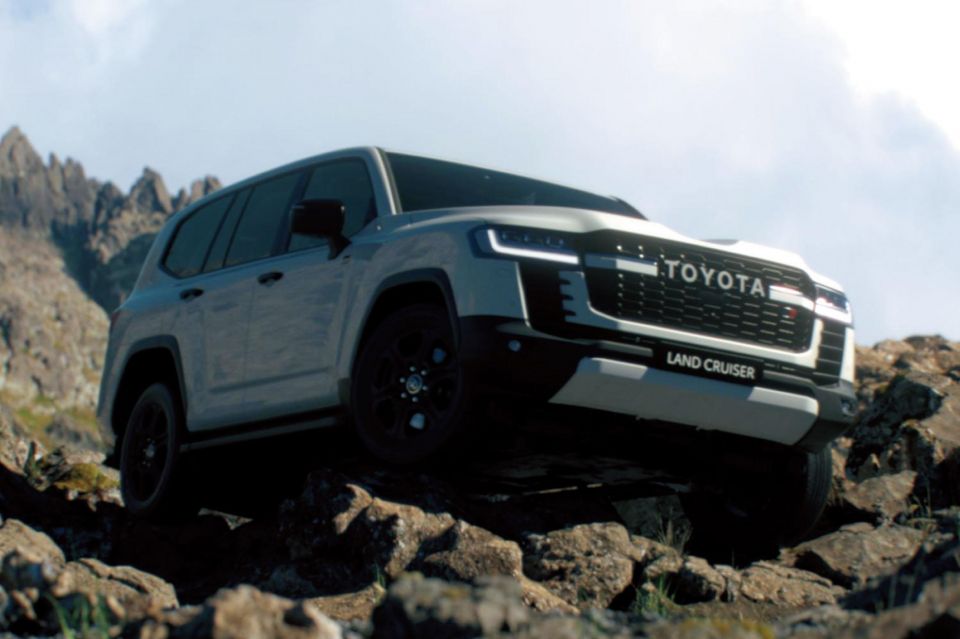
There are plenty of new items on the LandCruiser’s safety roster, such as emergency steering assistance for evasive steering manoeuvres, as well as daytime cyclist detection, and day- and night-time pedestrian detection.
The four-wheel drive can also detect on-coming vehicles, as well as pedestrians crossing the street, when the vehicle is making a turn at an intersection.
The LandCruiser 300 Series is available with up to seven seats across three rows, and has a much more upscale cabin design.

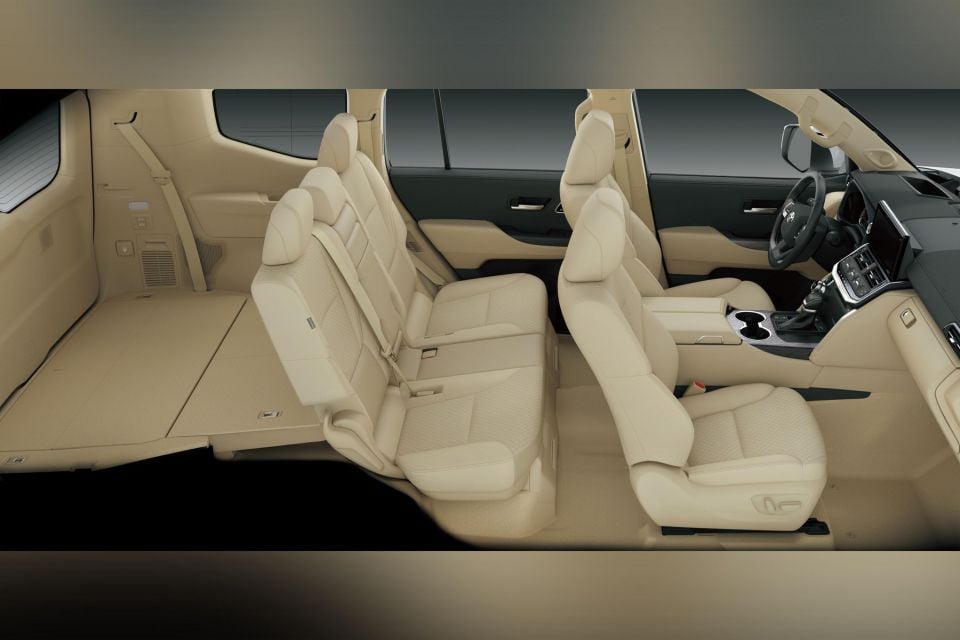
The available two-tone interior trim is matched with plenty of soft-touch and leather-lined surfaces.
In addition to plenty of realistic-looking faux metal trim, there’s also a large touchscreen display standing up from the centre of the dashboard.
MORE: Toyota LandCruiser news, reviews, videos and comparisons
Where expert car reviews meet expert car buying – CarExpert gives you trusted advice, personalised service and real savings on your next new car.
Derek Fung would love to tell you about his multiple degrees, but he's too busy writing up some news right now. In his spare time Derek loves chasing automotive rabbits down the hole. Based in New York, New York, Derek loves to travel and is very much a window not an aisle person.


Max Davies
2 Months Ago


Matt Campbell
1 Month Ago
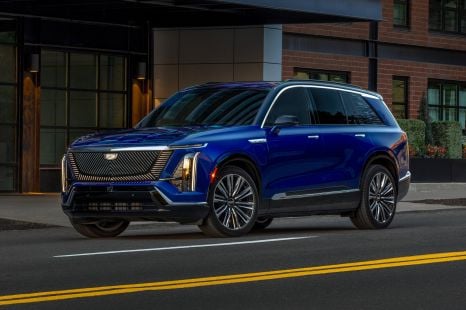

William Stopford
1 Month Ago
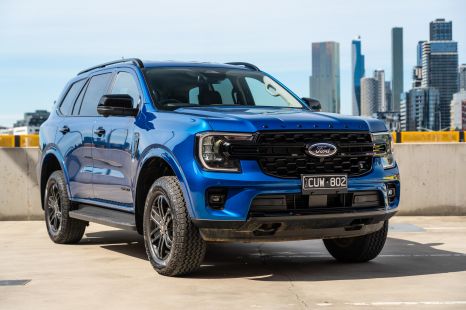

Josh Nevett
1 Month Ago


Max Davies
23 Days Ago


Max Davies
23 Days Ago